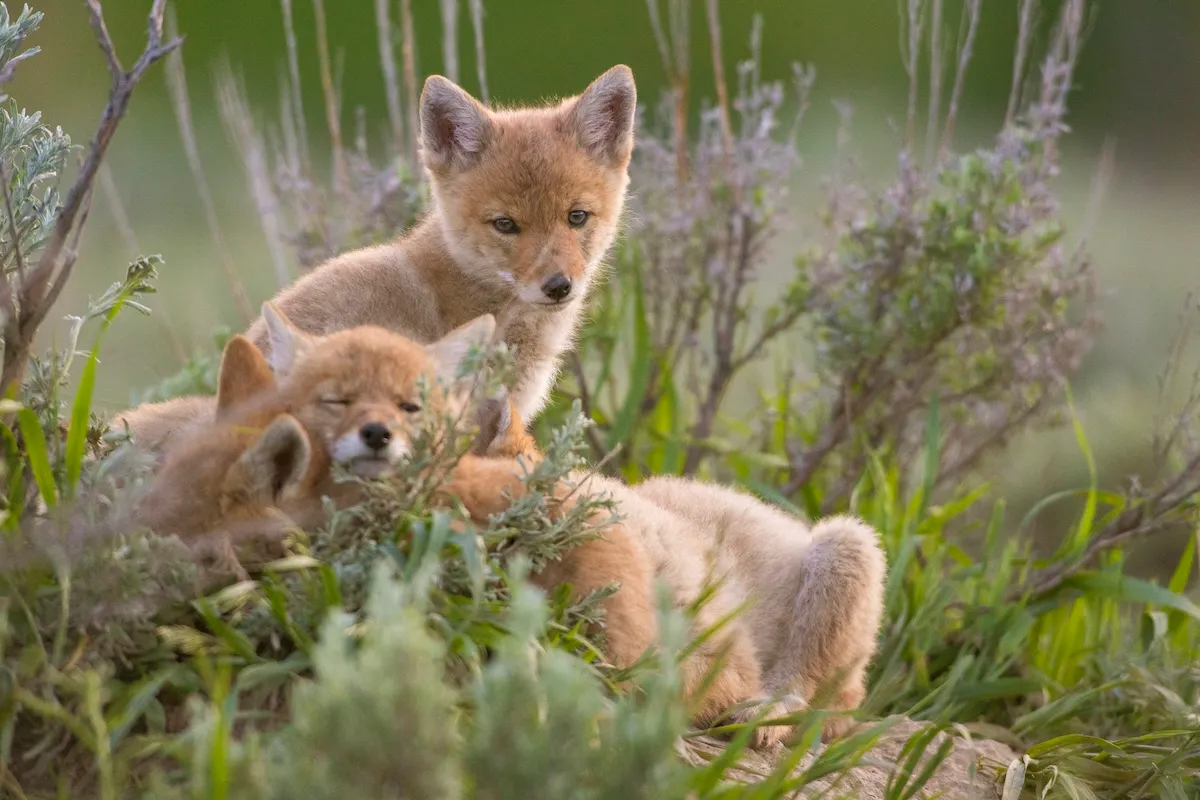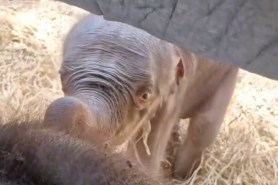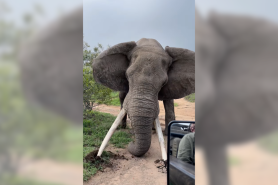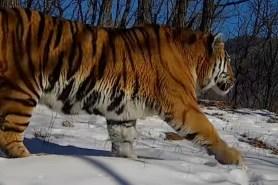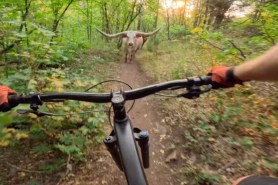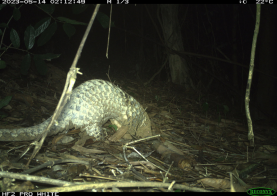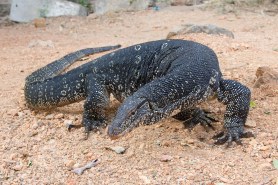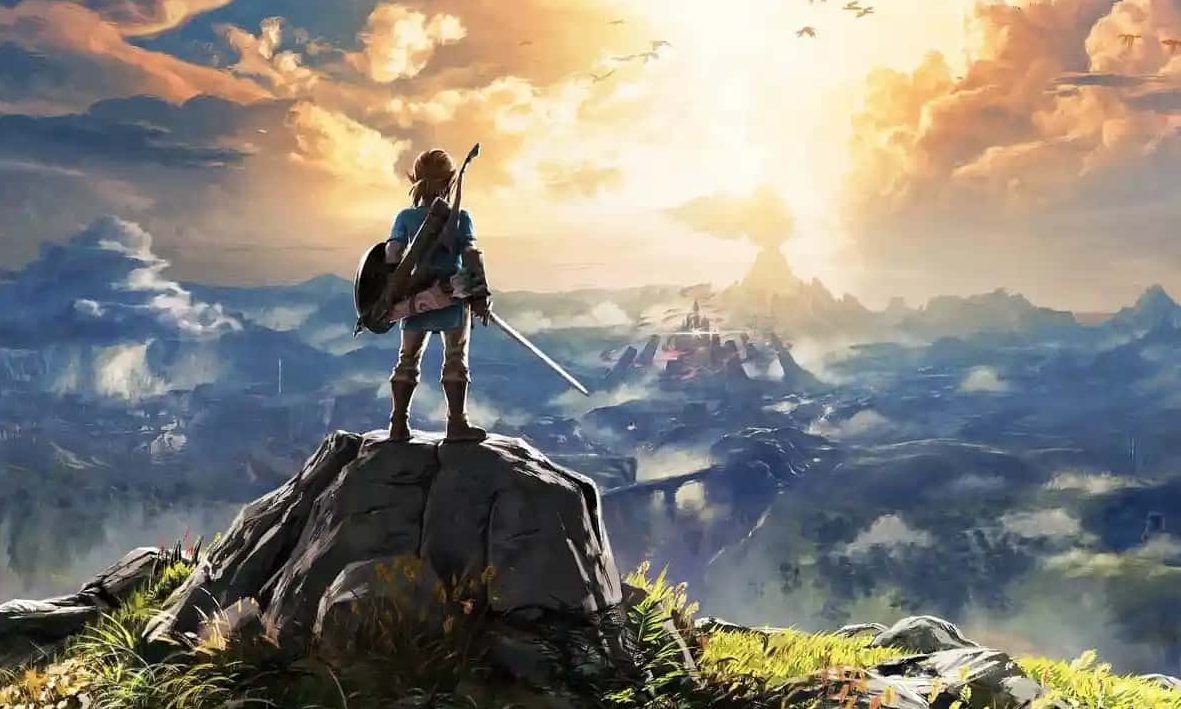

With the release of The Legend of Zelda: Tears of the Kingdom on Nintendo Switch, many of us find ourselves once again swept up in the dreamy scores, landscapes, and natural ephemera of the Zelda universe. Exploration is at the heart of this wandering, whimsical game, which invites players to run, swim, climb, fight, and forage through spectacular and ethereal landscapes.
Videos by Outdoors
With all of that epic outdoors action, we can’t be the only ones who have yearned to explore Hyrule in real life, right? Turns out, it’s possible — kind of. According to The Legend of Zelda: Breath of the Wild director Hidemaro Fujibayashi, the fictional realm is loosely based on his hometown of Kyoto, Japan. And while the team hasn’t explicitly revealed any other real-life Zelda inspiration, if you look closely enough you’ll notice plenty.
From the Great Salt Lake of Utah to the small Japanese village of Gokayama, we’ve clocked six destinations across the globe with an uncanny resemblance to Zelda landmarks.
Rist Peninsula
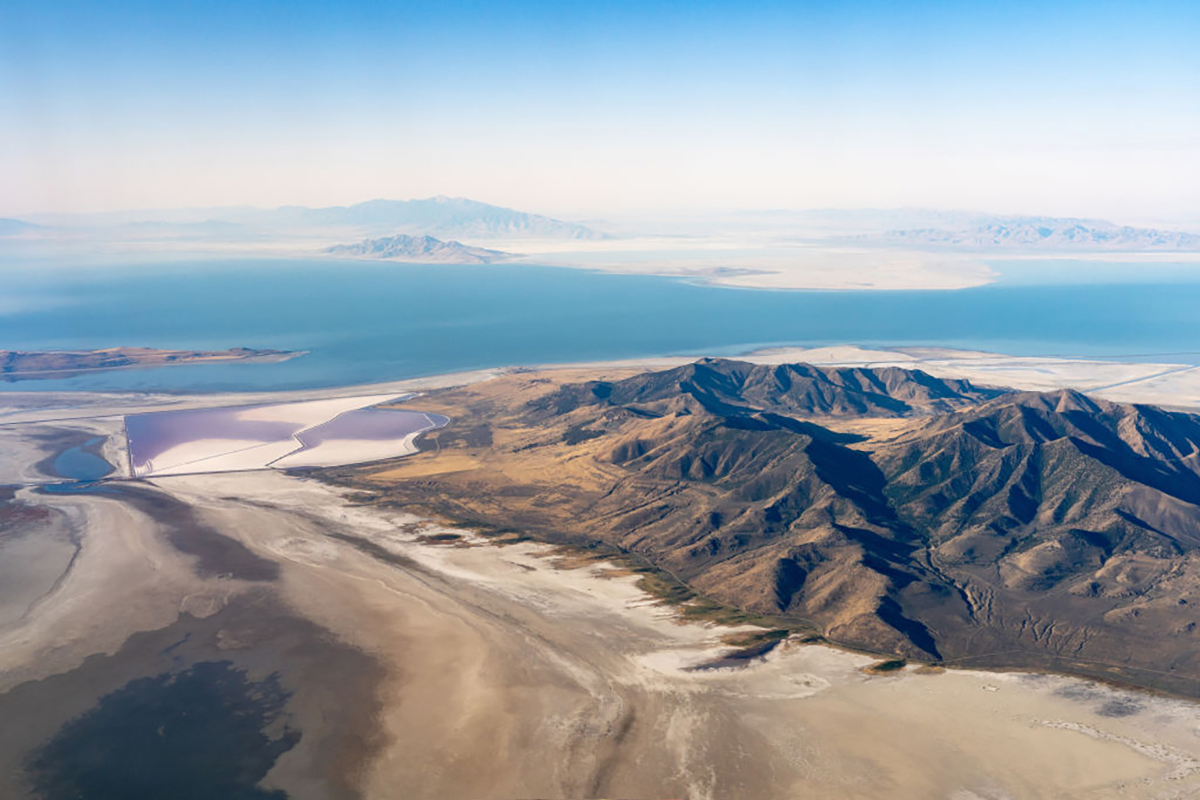
In Breath of the Wild, you’ll find this unusual, spiral shaped peninsula off the shore of East Akkala Beach. Turns out, an eerily similar landmark has been a feature of the northeastern shore of Utah’s Great Salt Lake since the 1970s. Spiral Jetty was created by earthwork artist Robert Smithson, who used over six thousand tons of black basalt rocks to form the 1,500 feet long, counterclockwise coil. The biggest difference between the two? Unlike the video game version, Spiral Jetty can be gobbled up by the lake’s rising tide from time to time, though due to ongoing drought it hasn’t been completely submerged since 2002.
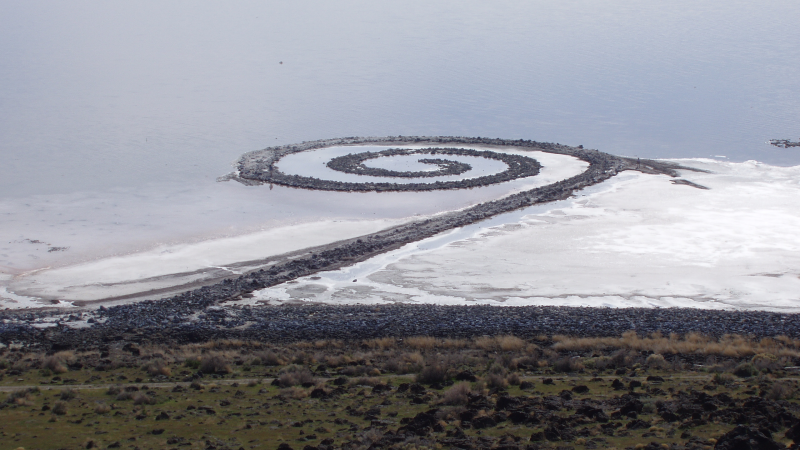
Dueling Peaks
These dual peaks, which appear as if they were karate-chopped in half, represent another signature view in Breath of the Wild that can be seen from the very beginning of the game atop The Great Plateau. The peaks have a doppelganger on Sado Island off the west coast of Japan. In real life, the landmark is an old silver and gold mine named Sado Kinzan, with networks of tunnels weaving below its surface. According to the Sado Tourism Association, rigorous mining and digging actually caused the mountaintop to split down the middle into the more than 240 feet deep crack we see today.
Kakariko Village
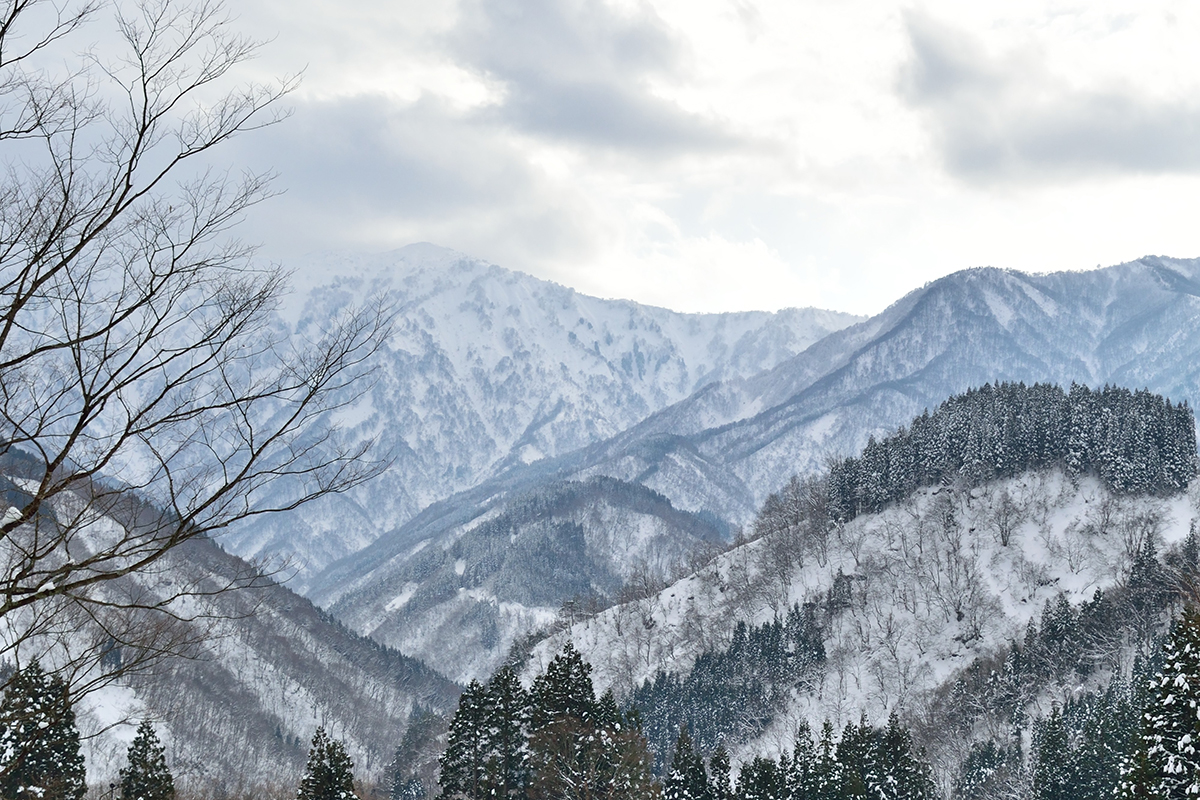
This quaint village has appeared in four iterations of the Zelda universe, including Ocarina of Time, Breath of the Wild, Twilight Princess, and Tears of Kingdom. Interestingly enough, each iteration of the village takes inspiration from a different rural locale. In Breath of the Wild, there’s a clear tie between the fictional village and the small, Shinto-steeped Japanese village of Gokayama. Ocarina of Time and Twilight Princess appear to take influence from rural medieval Europe, Langde Miao Village and the New Mexico ghost town of Mogollon, respectively. In Tears of Kingdom, Kakariko Village keeps a similar design, but with more ruins and wooden pathways.
Karusa Valley
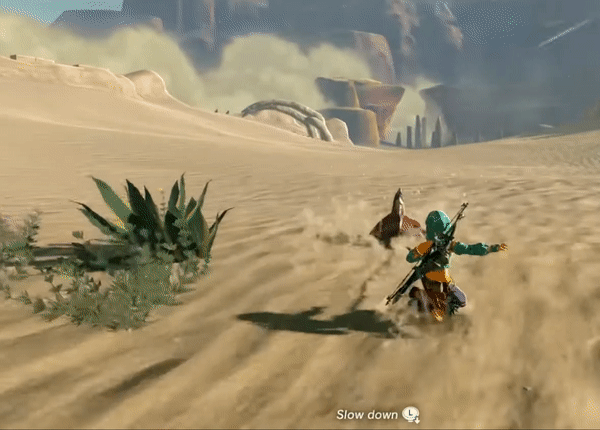
The red, swirly and Martian-like landscape of Breath of the Wild’s Karusa Valley has the unmistakable aesthetic of deserts in the American southwest, specifically in the Utah and Arizona region. In the game, Link takes this dry, sunscorched passage en route to the Yiga Clan Hideout. The at-times treacherously narrow walking path, squeezed between towering slabs of rock under a relentlessly hot sun, evoke Arizona’s famed Antelope Canyon, while other wider sections of the fictional adaptation appear to riff off the carved stones and archways you may find somewhere like Moab, Utah.
Hyrule Castle
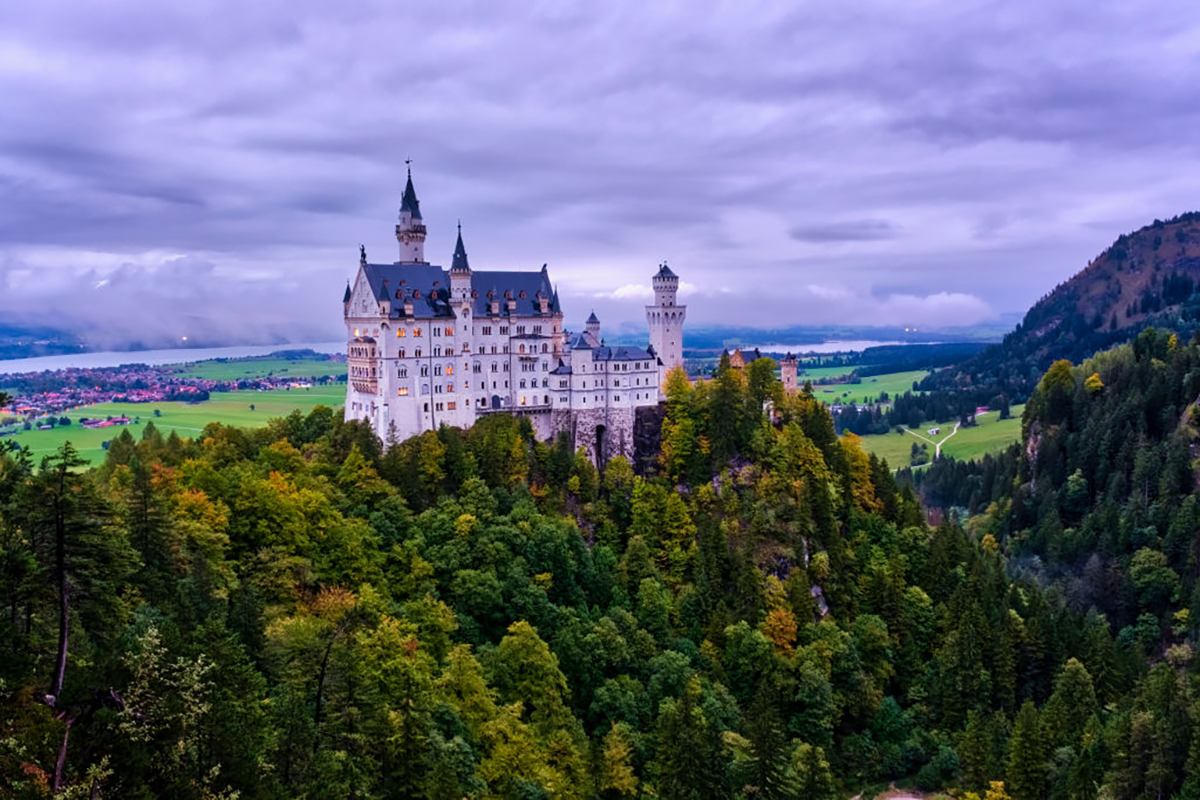
Imposing, highly-tapered, and made of stone, this castle is a mainstay throughout the Zelda series. While each game has its own take on Hyrule Castle, its architectural influence is distinctly European, reminiscent of the slender, Romanesque structures you’d find teetering over an isolated mountain range in France and Germany. The stunning Neuschwanstein Castle, perched in a valley of the snow-capped Bavarian Alps, bears a particularly striking resemblance to the fairy tale castle where Link rescues Princess Zelda. It’s one of the most visited castles in the world, with plenty of tour experiences available, meaning you can start planning your visit to Germany (and the Alps) right now.
Zora’s Domain
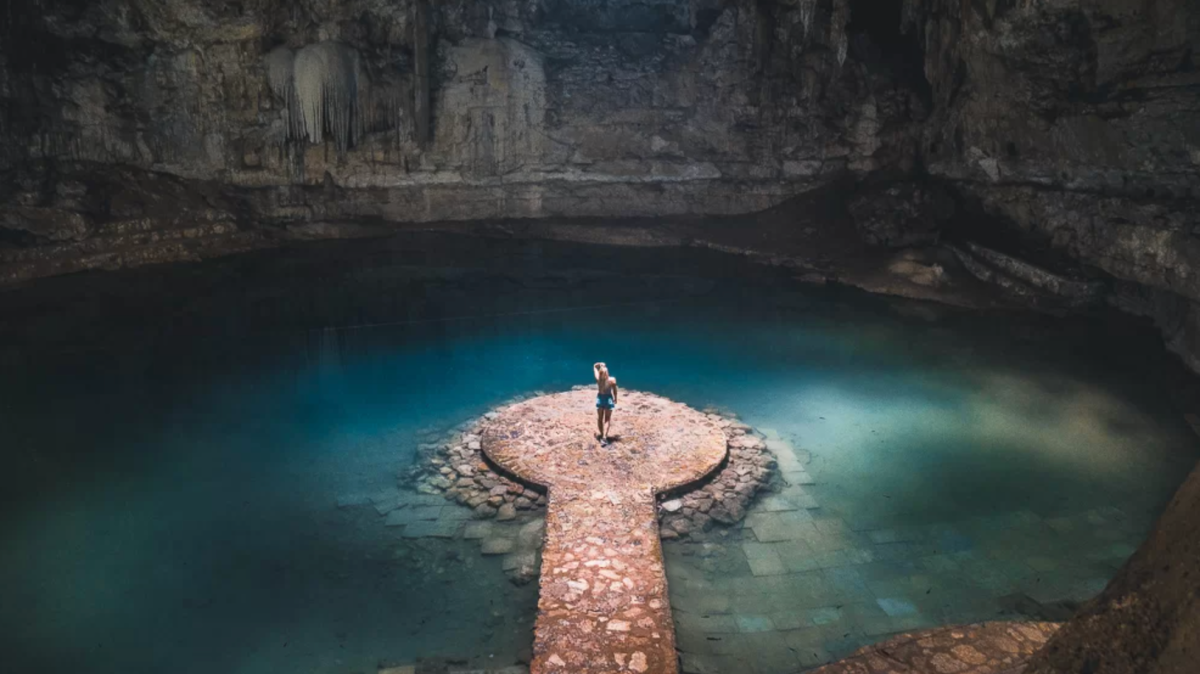
This cavernous grotto, as depicted in Twilight Princess and Ocarina of Time, looks just like the cenotes you’ll find in the Yucatán Peninsula of Mexico. In the game, Zora’s Domain usually involves a secret passageway and serves as the home of the aquatic race known as the Zora. In real life, these stunning water structures are a type of sinkhole that forms when limestone collapses on itself. Just like in Zelda, these cenotes are often brimming with clear water and aquatic critters like fish and turtles, meaning they’re certainly worth venturing out to for a swim, snorkel, or scuba experience.
You’d be hard-pressed to find a video game that values exploration and natural landscapes as much as the Zelda series, which is what makes it such a revolutionary video game. Once you log a few hundred hours of Tears of the Kingdom, we hope you continue to channel that wanderlust into exploring the wondrous Zelda doppelgangers that exist around the globe.
Notice any other destinations with ties to the Zelda universe? We’d love to hear about them (especially if you’ve got any leads on Korok Forest). Share your stories in the comments below, or tag us on social media with your photos and videos.

